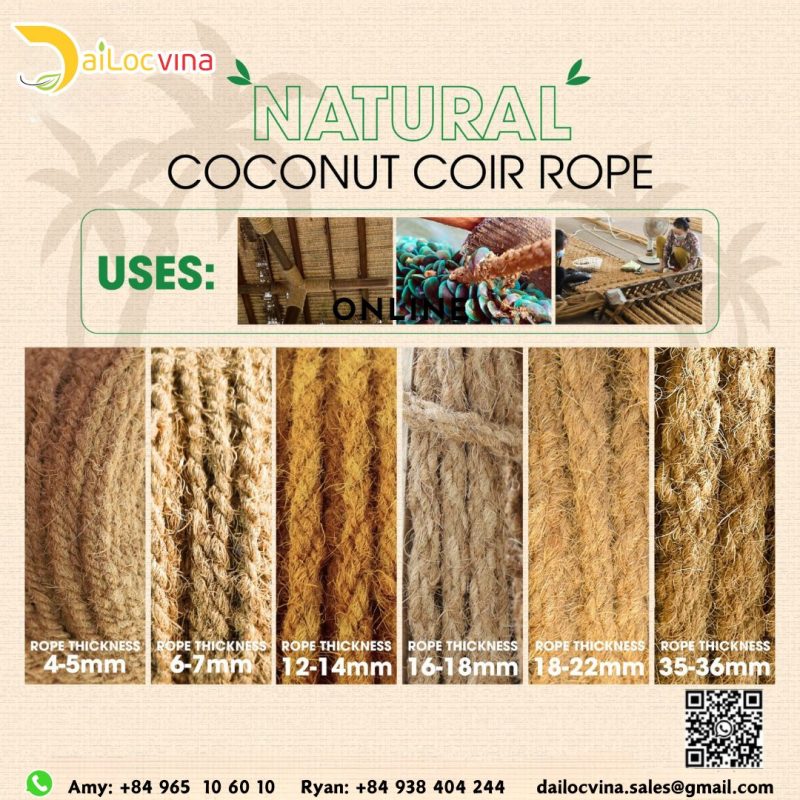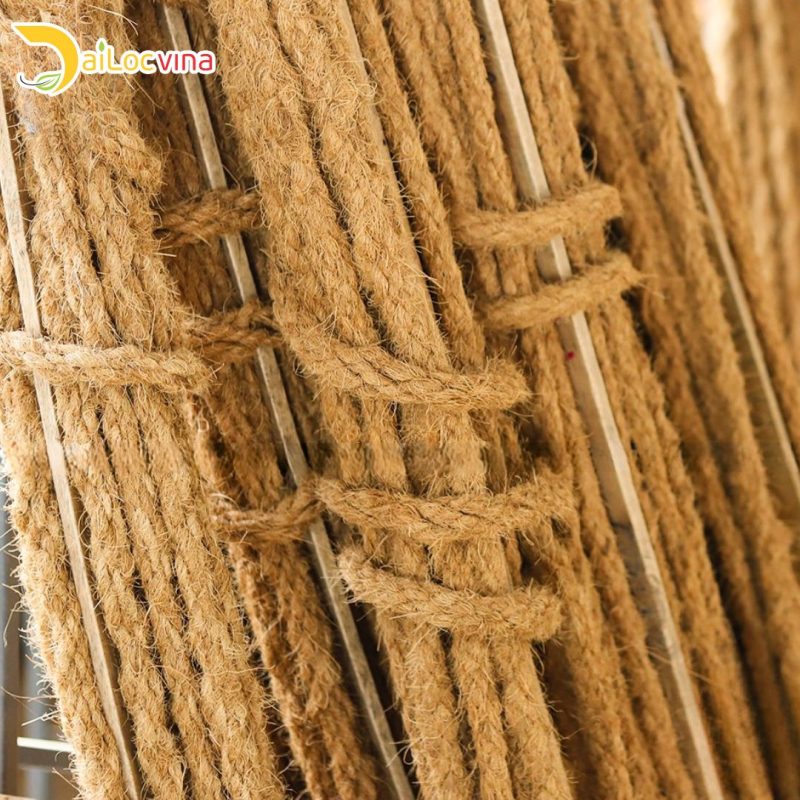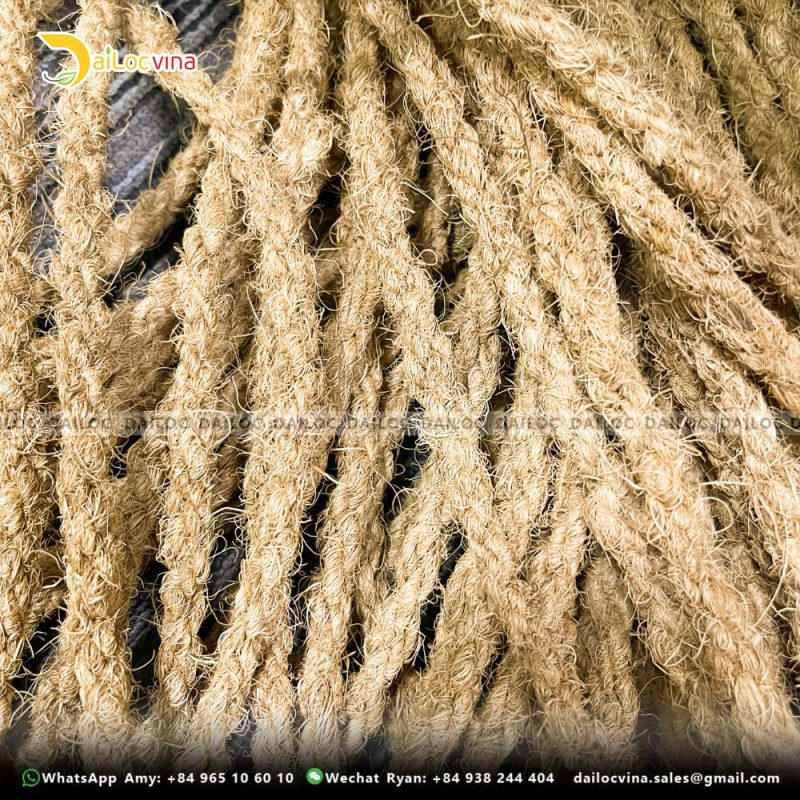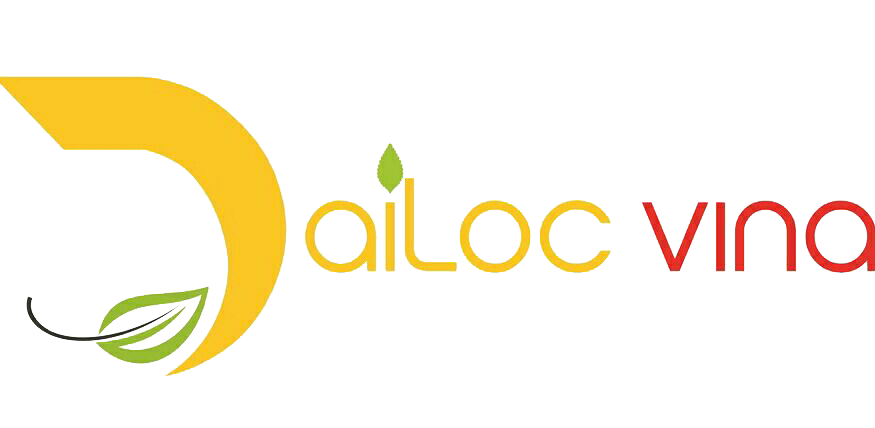News
COCONUT COIR ROPE: HISTORICAL AND STATE-OF-THE-ART APPLICATIONS
Coconut coir rope, created from the fibrous husk of coconuts, exemplifies human inventiveness and the responsible use of natural resources. This flexible and long-lasting material has been used for millennia across civilizations and continues to play an important role in a wide range of current applications. Exploring the historical and modern use of coconut coir rope exposes its long-term value and the sustainable behaviors it encourages. Coconut coir rope is a versatile and environmentally friendly option for various industries and purposes. It is also biodegradable, making it an ideal choice for those looking to reduce their environmental impact.

Historical Applications of Coconut Coir Rope
Coconut coir rope has been used for thousands of years, especially in coconut-rich countries such as South and Southeast Asia, the Pacific Islands, and portions of Africa. Historically, this natural fiber was essential for marine activity. Historical mariners and coastal tribes used coconut coir rope to build and repair their vessels. The rope’s resistance to salinity and durability made it suitable for rigging, mooring lines, and fishing nets. These early applications illustrate the material’s importance in commerce, transportation, and nutrition. The coconut coir rope was an essential tool for these communities’ survival and success.
Aside from nautical applications, coconut coir rope was used in a variety of agricultural and household settings. Farmers used it to bind and support crops, making it an important tool in ancient agricultural methods. The rope’s toughness and inherent grip allowed it to survive harsh weather and large loads. In numerous civilizations, coir rope was used to make household goods and tools, demonstrating its adaptability and early populations’ creativity in utilizing available resources. In the modern era, coir rope continues to be utilized for various purposes, such as landscaping, erosion control, and handicrafts.
Modern Applications of Coconut Coir Rope
In modern times, the use of coconut coir rope has grown, showing both technological developments and an increasing concern for sustainability. One of the most common current applications for coir rope is gardening and horticulture. Gardeners and landscapers like coir rope’s biodegradability and natural appearance. It is widely used to tie plants, make trellises, and build garden construction. Its capacity to degrade without affecting the environment makes it an ideal choice for environmentally conscious gardening. Additionally, coir rope is known for its strength and durability, making it a reliable option for various gardening applications.

The maritime sector continues to use coconut coir rope for a variety of applications, notably in artisanal and small-scale fishing. Its water resistance and strength make it ideal for nets, traps, and other fishing equipment. Furthermore, the construction sector uses coir rope for temporary scaffolding, tying, and lifting. Its inherent strength and flexibility make it a sustainable alternative to synthetic ropes in many applications, making it a popular choice for environmentally conscious consumers.

Artists and craftspeople have also included coconut coir rope in their work, producing a variety of ornamental and practical products. Coir rope’s rustic charm and durability make it suitable for artistic expression in a variety of applications, including furniture and home décor, detailed sculptures, and traditional crafts. This rise in the use of natural materials reflects a larger societal change toward valuing sustainable and ecologically friendly goods. As consumers become more conscious of the environmental impact of their purchases.
Sustainability and environmental impact.
One of the most appealing features of coconut coir rope is its environmental friendliness. Coir, a byproduct of the coconut industry, repurposes material that would otherwise be thrown away, encouraging waste reduction and resource efficiency. Coir rope manufacture requires less energy than synthetic equivalents, resulting in a lower carbon impact. Furthermore, coir rope’s biodegradability means that it does not add to the rising problem of plastic pollution.

Industries and consumers alike benefit from the use of coconut coir rope over synthetic materials, which promotes sustainable practices and supports coconut growers’ livelihoods. This change not only reduces environmental effects but also enhances economic sustainability in communities that rely on coconut cultivation.
Dailocvina: The best quality coconut coir rope

Coconut coir rope, with its rich history and numerous current applications, shows the long-lasting worth of natural materials. From ancient nautical traditions to modern gardening, building, and art, coir rope continues to connect many parts of human life. Its strength, durability, and eco-friendliness make it an adaptable and sustainable material for a wide range of applications. As we strive for a more ecologically sensitive future, the history of coconut coir rope serves as a reminder of the need to balance tradition and innovation toward sustainability.
If you have inquiry, please contact our team sales:
Mr Ryan (Vietnam): 84 938244404 (Kakaotalk, Wechat, Whatsapp)
Ms. Amy (English) : 84 965106010 (WhatsApp/Wechat/Kakao)
Ms. Doris (English): 84 785525348 (WhatsApp/ Wechat)
Ms.Lan ( 한국 영업 담당자 ): 84 969273598 | Kakaotalk ID: hoailan98
阮秀钗 (中文): 84 933320776 微信ID:TuTram1008
阮祥薇(中文): 84397317401 微信ID:Nttv0608
Website: https://cocohitech.com/ (English)
Website: https://kr.cocohitech.com/ (Korea)
Website: https://cocohitech.jp/ (Japan )
Youtube: https://www.youtube.com/watch?v=a0tXthbbHNw
